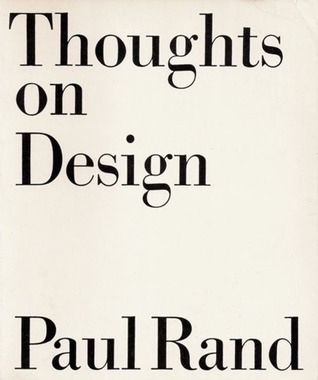Thoughts on Design
This book was a disappointment. I can’t say that it was bad — it’s not! And I can understand why it was (is?) treated as so seminal in the designer’s canon. But the thing is short and airy. There are books — Cadence and Slang, Vectors — that are long essays that succeed because their focus is generalizable, but this book is not one of them. Conversely, Conversations with Students (which I read the night before), felt more discursive and somehow more broadly applicable.
That being said, I highlighted a lot of passages and the thing takes all of an hour to read. If you can snag it on Libby, you might as well: it certainly won’t be time wasted.
